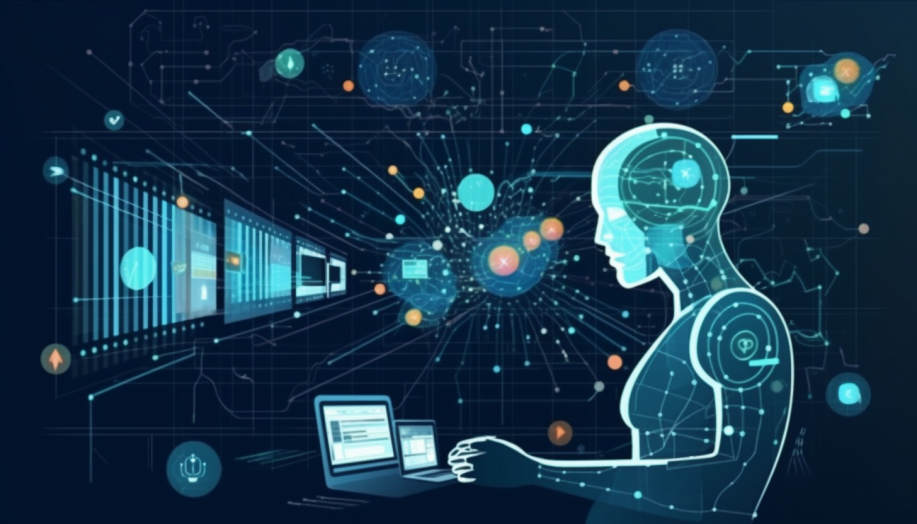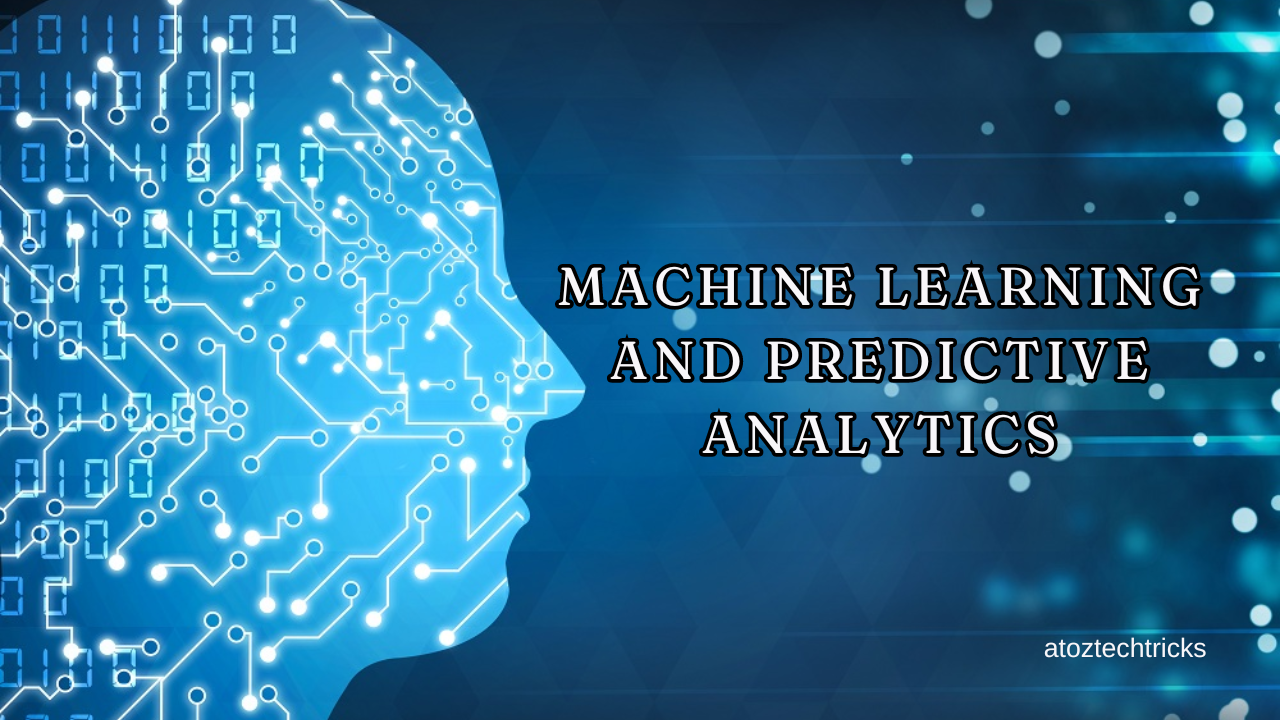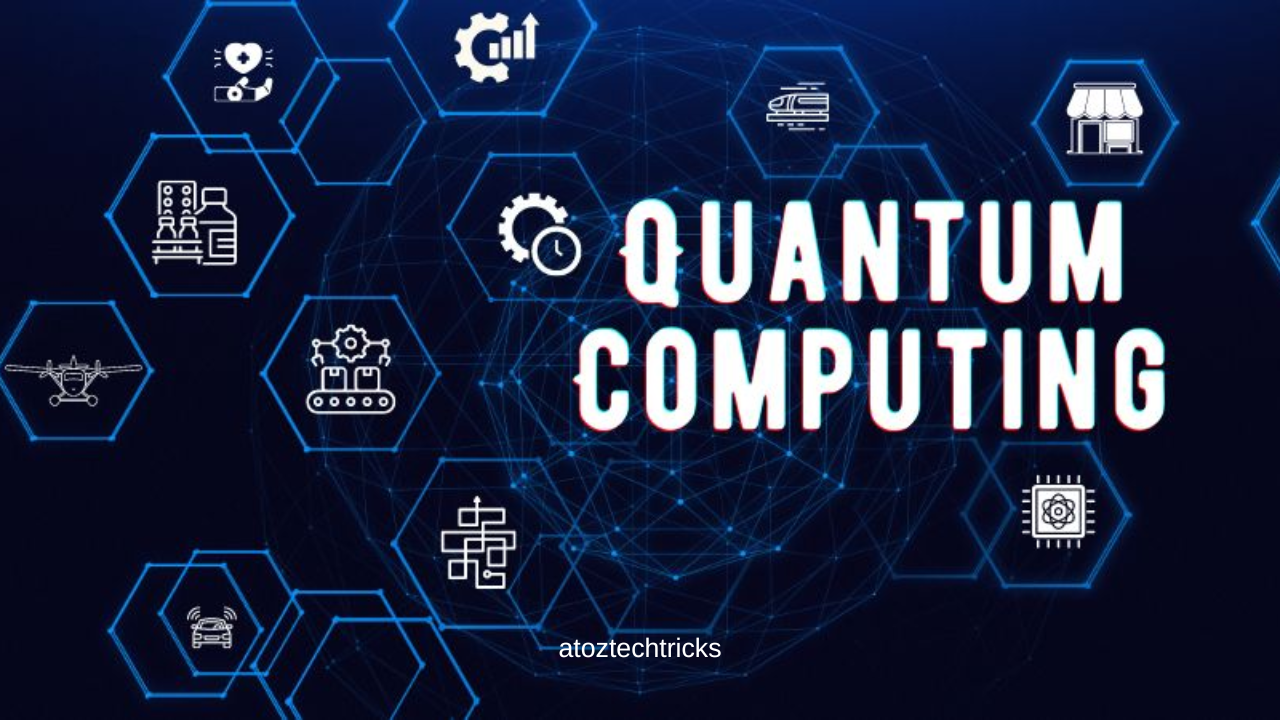Machine Learning and Predictive Analytics: Revolutionizing Decision-Making
In today’s data-driven world, organizations across various industries are leveraging machine learning (ML) and predictive analytics to enhance decision-making processes, optimize operations, and create competitive advantages. These technologies are transforming how businesses operate by enabling them to make data-backed predictions, identify trends, and understand customer behaviours. This article delves into the intricacies of machine learning and predictive analytics, exploring their applications, benefits, challenges, and prospects.
Understanding Machine Learning
Machine learning is a subset of artificial intelligence (AI) that involves the development of algorithms capable of learning from and making predictions or decisions based on data. Unlike traditional programming, where specific instructions are coded into the system, machine learning allows systems to learn from data and improve their performance over time without explicit programming.
Types of Machine Learning
- Supervised Learning: In supervised learning, the model is trained on a labelled dataset, meaning that the input data is paired with the correct output. The goal is for the model to learn the relationship between the input and output so that it can predict the output for new, unseen data. Examples include spam detection, where emails are classified as spam or not spam, and image recognition, where images are classified based on their content.
- Unsupervised Learning: Unlike supervised learning, unsupervised learning deals with unlabeled data. The model attempts to learn the underlying structure or distribution of the data without specific output labels. Clustering and association are common techniques in unsupervised learning, used in applications like customer segmentation and anomaly detection.
- Semi-Supervised Learning: This approach combines both labelled and unlabeled data during training. Semi-supervised learning is particularly useful when labelled data is scarce or expensive to obtain, but a large amount of unlabeled data is available. It strikes a balance between the strengths of supervised and unsupervised learning.
- Reinforcement Learning: In reinforcement learning, the model learns by interacting with its environment and receiving feedback in the form of rewards or penalties. The objective is to develop a policy that maximizes cumulative rewards over time. Reinforcement learning is widely used in robotics, gaming, and autonomous systems.
Key Components of Machine Learning
- Data: The foundation of any machine learning model is data. The quality, quantity, and diversity of data play a crucial role in the model’s performance. Data preprocessing, including cleaning, normalization, and feature engineering, is often required to prepare the data for training.
- Algorithms: Machine learning algorithms are the mathematical frameworks that guide the learning process. Popular algorithms include decision trees, support vector machines, neural networks, and k-nearest neighbours. The choice of algorithm depends on the specific problem, the nature of the data, and the desired outcome.
- Model Training: Training is the process of feeding data into the machine learning algorithm so that it can learn patterns and relationships within the data. The model’s parameters are adjusted iteratively to minimize the difference between predicted and actual outcomes, typically using optimization techniques like gradient descent.
- Evaluation: After training, the model’s performance is evaluated using a separate test dataset. Common evaluation metrics include accuracy, precision, recall, F1 score, and mean squared error. This step ensures that the model generalizes well to new, unseen data.
- Deployment: Once a model has been trained and validated, it can be deployed in a real-world environment. This involves integrating the model into applications or systems where it can make predictions or decisions in real time.

Predictive Analytics: Harnessing the Power of Machine Learning
Predictive analytics is a branch of advanced analytics that uses historical data, statistical algorithms, and machine learning techniques to predict future outcomes. It is widely used in various domains, such as finance, healthcare, marketing, and operations, to forecast trends, assess risks, and make informed decisions.
How Predictive Analytics Works
- Data Collection: Predictive analytics begins with the collection of relevant data from various sources, such as databases, sensors, customer interactions, and social media. This data is then processed, cleaned, and prepared for analysis.
- Model Development: Using machine learning algorithms, predictive models are developed to identify patterns and relationships within the data. These models are trained on historical data and can include multiple variables that influence the outcome.
- Prediction: Once the model is trained, it can be used to make predictions on new data. For example, in marketing, predictive analytics might be used to forecast customer responses to a new campaign based on their past behaviour.
- Validation and Optimization: Predictive models are validated using test data to assess their accuracy and reliability. Continuous optimization is often required to improve the model’s performance over time, especially as new data becomes available.
- Actionable Insights: The final step involves translating predictions into actionable insights. For instance, a retail company might use predictive analytics to optimize inventory levels, ensuring that they stock products based on anticipated demand.
Applications of Machine Learning and Predictive Analytics
1. Healthcare
In healthcare, machine learning and predictive analytics are revolutionizing patient care and disease management. Predictive models can analyze patient data, including medical history, lab results, and genetic information, to predict the likelihood of diseases such as diabetes, cancer, and heart disease. These insights enable early intervention, personalized treatment plans, and better patient outcomes.
Predictive analytics is also being used to forecast patient admissions, optimize staffing levels, and reduce hospital readmission rates. Additionally, ML models can assist in drug discovery by identifying potential candidates for clinical trials, significantly reducing the time and cost associated with bringing new drugs to market.
2. Finance
The finance industry has been one of the early adopters of machine learning and predictive analytics. These technologies are used for credit scoring, fraud detection, risk management, and algorithmic trading. For instance, machine learning algorithms can analyze transaction data to detect unusual patterns indicative of fraud, enabling financial institutions to take immediate action.
In investment banking, predictive models are used to forecast stock prices, assess market trends, and optimize trading strategies. Credit scoring models powered by machine learning can evaluate a borrower’s creditworthiness by analyzing their financial history and behaviour, leading to more accurate and fair lending decisions.
3. Marketing
In marketing, predictive analytics helps businesses understand customer behaviour, preferences, and trends. By analyzing data from past interactions, companies can predict future customer actions, such as purchase likelihood, churn risk, and lifetime value. This enables marketers to create personalized campaigns, optimize customer acquisition strategies, and improve customer retention.
Machine learning algorithms can also segment customers based on their behaviour, demographics, and preferences, allowing businesses to tailor their offerings to different customer segments. Predictive analytics is widely used in recommendation systems, where algorithms suggest products or services to customers based on their past behaviour and similar customer profiles.
4. Manufacturing
In manufacturing, predictive analytics is used for predictive maintenance, where machine learning models analyze data from sensors and equipment to predict when a machine is likely to fail. This allows companies to perform maintenance before a breakdown occurs, reducing downtime and maintenance costs.
Predictive analytics is also used in supply chain management to forecast demand, optimize inventory levels, and improve production planning. By analyzing historical data and market trends, manufacturers can predict demand fluctuations and adjust their operations accordingly, leading to increased efficiency and reduced waste.
5. Retail
Retailers use machine learning and predictive analytics to optimize pricing, inventory management, and customer experience. Predictive models can analyze sales data, customer preferences, and market trends to forecast demand for products and adjust pricing strategies accordingly.
In e-commerce, recommendation systems powered by machine learning suggest products to customers based on their browsing history, past purchases, and similar customer profiles. This not only enhances the shopping experience but also increases sales and customer satisfaction.

Benefits of Machine Learning and Predictive Analytics
1. Improved Decision-Making
One of the most significant benefits of machine learning and predictive analytics is the ability to make data-driven decisions. By analyzing large datasets and identifying patterns, these technologies provide valuable insights that help organizations make informed decisions, reduce risks, and capitalize on opportunities.
2. Enhanced Efficiency and Productivity
Machine learning and predictive analytics can automate repetitive tasks, optimize processes, and improve resource allocation, leading to increased efficiency and productivity. For example, predictive maintenance in manufacturing reduces downtime, while predictive analytics in marketing improves campaign effectiveness.
3. Personalization and Customer Satisfaction
Predictive analytics enables businesses to offer personalized products, services, and experiences to customers. By understanding customer preferences and behaviour, companies can tailor their offerings to meet individual needs, leading to higher customer satisfaction and loyalty.
4. Cost Savings
By predicting future outcomes and optimizing operations, machine learning and predictive analytics can lead to significant cost savings. For instance, predictive maintenance reduces the cost of unexpected repairs, while demand forecasting in supply chain management minimizes inventory holding costs.
5. Competitive Advantage
Organizations that leverage machine learning and predictive analytics gain a competitive advantage by staying ahead of market trends, understanding customer needs, and making better decisions. These technologies enable businesses to innovate, adapt to changing conditions, and maintain a leadership position in their industry.
Machine Learning and Predictive Analytics: Unleashing the Power of Data
Challenges and Considerations
1. Data Quality and Availability
The success of machine learning and predictive analytics depends heavily on the quality and availability of data. Inaccurate, incomplete, or biased data can lead to erroneous predictions and decisions. Ensuring data accuracy, consistency, and relevance is crucial for building reliable models.
2. Model Interpretability
While machine learning models can make accurate predictions, they are often complex and difficult to interpret. This “black box” nature of some models, especially deep learning algorithms, can make it challenging to understand how decisions are made, leading to trust and accountability issues.
3. Scalability and Integration
Implementing machine learning and predictive analytics at scale requires significant computational resources and infrastructure. Integrating these technologies into existing systems and processes can be complex and time-consuming, requiring collaboration between data scientists, engineers, and business stakeholders.
4. Ethical and Privacy Concerns
The use of machine learning and predictive analytics raises ethical and privacy concerns, particularly when it comes to handling sensitive data, such as personal information, health records, and financial data. Organizations must ensure that they comply with data protection regulations, such as GDPR, and adopt ethical practices to avoid discrimination, bias, and privacy violations.
5. Skill Gaps and Expertise
Building and deploying machine learning models requires specialized skills and expertise in data science, statistics, and programming. The shortage of qualified professionals in these fields can be a significant barrier to adopting machine learning and predictive analytics.
Future Prospects
The future of machine learning and predictive analytics is promising, with continuous advancements in algorithms, computing power, and data availability driving innovation and adoption across various industries.
- Automated Machine Learning (AutoML): AutoML is an emerging field that aims to automate the process of selecting, tuning, and deploying machine learning models, making it accessible to non-experts. AutoML tools are expected to reduce the skill gap and democratize the use of machine learning.
- Explainable AI (XAI): As the demand for transparency and accountability in AI grows, explainable AI techniques are being developed to make machine learning models more interpretable and understandable. This will help build trust in AI systems and ensure that decisions are fair and unbiased.
- Edge Computing and IoT: The integration of machine learning with edge computing and the Internet of Things (IoT) will enable real-time predictive analytics on connected devices. This will lead to faster decision-making, reduced latency, and improved efficiency in applications such as autonomous vehicles, smart cities, and industrial automation.
- Ethical AI: The growing awareness of ethical issues in AI is driving the development of frameworks and guidelines to ensure that machine learning models are fair, transparent, and aligned with human values. Organizations will need to adopt ethical AI practices to build trust and avoid reputational risks.
- Cross-Industry Adoption: While certain industries, such as finance and healthcare, have been early adopters of machine learning and predictive analytics, other sectors, such as agriculture, energy, and education, are expected to see increased adoption. This will lead to new use cases and innovations that address industry-specific challenges.

Machine learning and predictive analytics are revolutionizing how organizations make decisions, optimize operations, and engage with customers. By harnessing the power of data, these technologies enable businesses to predict future outcomes, mitigate risks, and seize opportunities. However, the successful implementation of machine learning and predictive analytics requires careful consideration of data quality, model interpretability, ethical concerns, and scalability. As advancements in AI and data science continue to unfold, the future holds immense potential for these transformative technologies to shape the way we live and work.




Post Comment